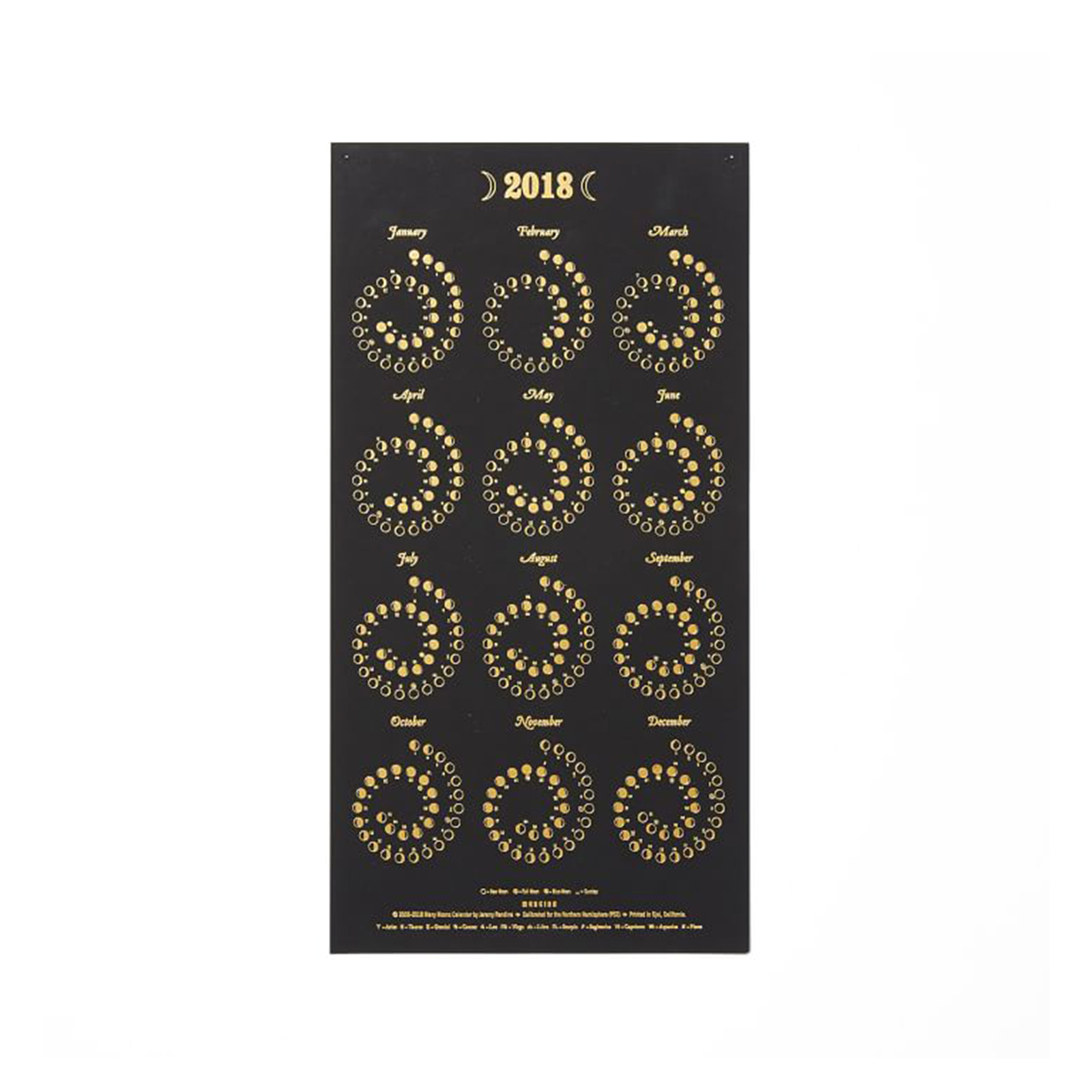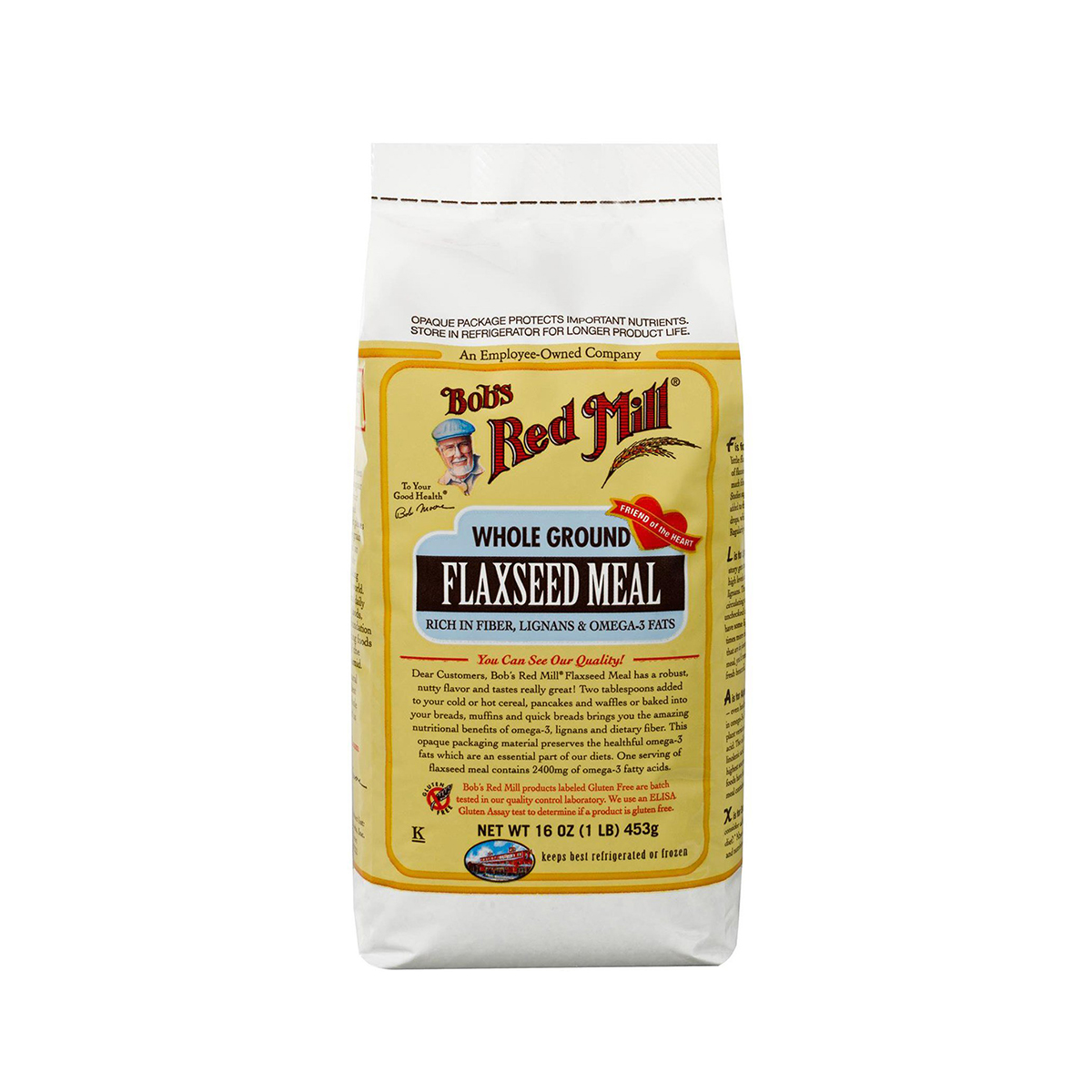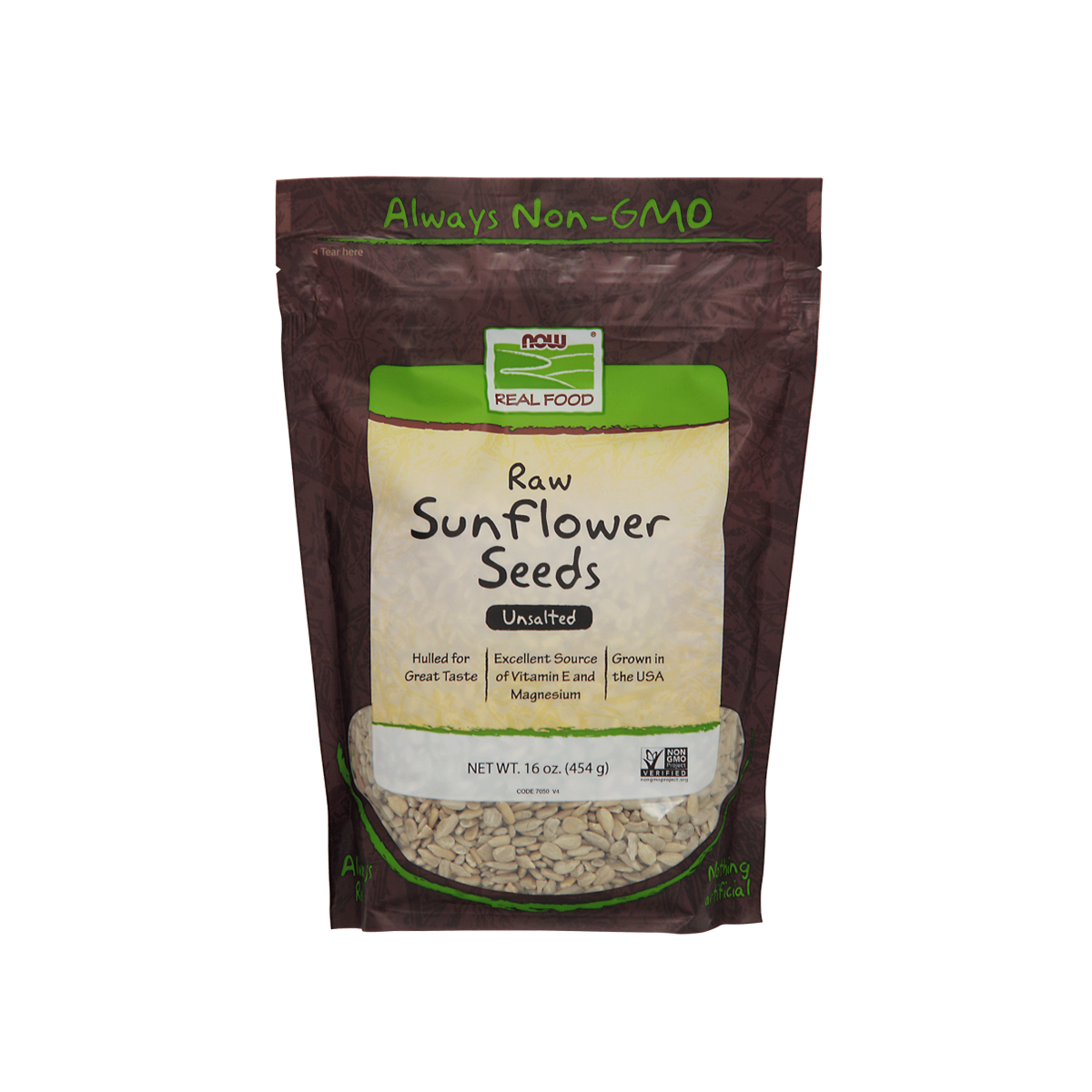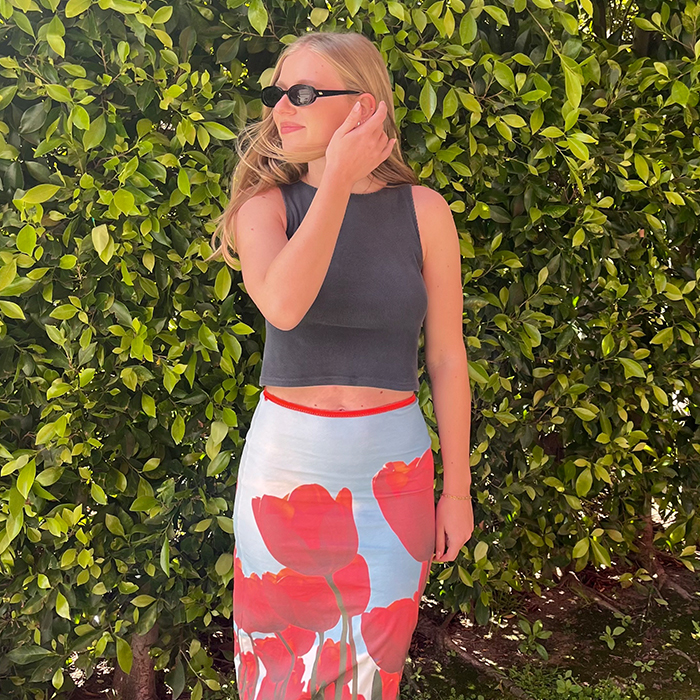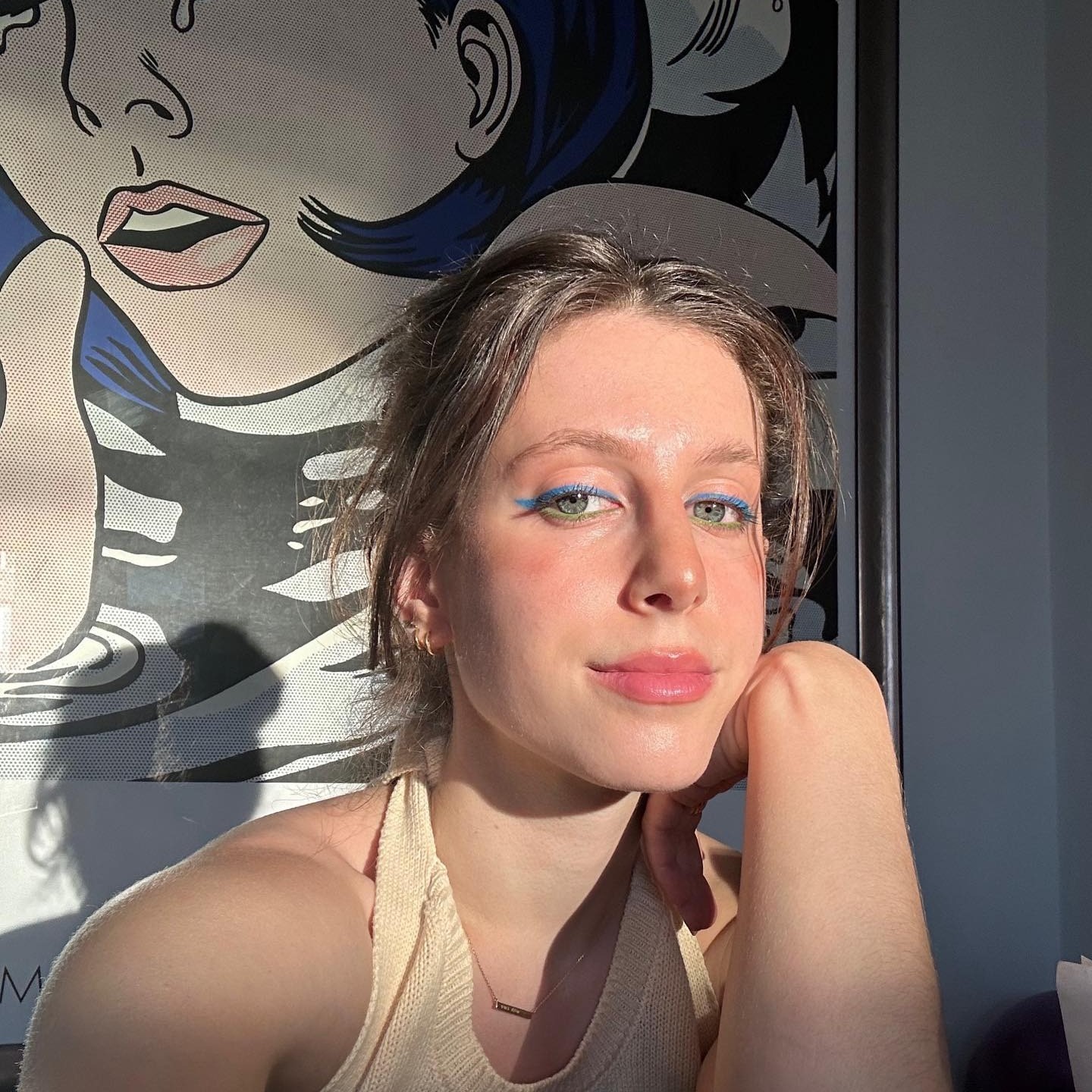"Seed Cycling" Might Be the Key to Balancing Your Hormones


In my years as both a wellness writer and a full-time adult woman, I've come to the overarching (and pointedly vague) conclusion that hormones are… complicated. Putting aside the potential disruptors that are apparently hiding in seemingly innocuous things like nail polish and couch cushions, I personally can't even decide what I really think about hormonal birth control. When I finally opted to get an IUD a few years ago, I did so under the advisement of my doctor to combat some severe (and unprecedented) PMS symptoms I was experiencing. But while I've been feeling pretty great ever since, I've watched many of my friends replace their hormonal birth control for more natural methods after experiencing their own imbalances.
The point is that there really isn't a "right" approach to balancing our hormones. Finding what works for you isn't just a matter of trial and error but also knowing that it might not be the best solution one or five or 10 years from now. But while synthetic hormones can be incredibly helpful under certain circumstances—again, I'm living proof—you're also rolling the dice in terms of potential side effects. (I've had three friends get their IUDs removed thanks to cystic acne and/or crippling headaches.)
That's what makes the idea of balancing our hormones via natural methods so intriguing—and "seed cycling" is quickly gaining traction as a potential approach. "Seed cycling is the use of food as medicine to promote a woman's natural monthly hormonal cycle," explains Tara Nayak, ND, a naturopathic doctor who specializes in chronic illness, digestive issues, and hormonal balances.
While it's ultimately worth consulting your ob-gyn to address any adverse menstrual symptoms you're experiencing—and please note, this hormone-balancing method is not a substitute for birth control—seed cycling could be a great solution if you're looking to naturally target issues like mood swings, headaches, heavy periods, and breast tenderness without any pesky side effects. Read on to learn more about the technique and the science behind it.
What is seed cycling?
Seed cycling quite literally involves eating certain seeds during different parts of your menstrual cycle to help promote the natural balance of hormones at any given time. "This is done by eating targeted seeds to promote the appropriate hormone responses: estrogen in the first half of the cycle and progesterone in the second half of the month," explains Nayak. "Specific seeds are chosen for their estrogen/progesterone promoting properties and eaten to gently encourage the subtle orchestra of your cycling hormones."
The seeds used in seed cycling are rich in phytoestrogens—a plant-based version of estrogen also found in broccoli, soy, nuts, and legumes, among others. Research shows that a phytoestrogen-rich diet can help prevent hormone-specific cancers, osteoporosis, and heart disease. Flaxseed specifically is incredibly rich in lignans, a type of phytoestrogen, and has been shown to help reduce the symptoms of polycystic ovarian syndrome as well as breast tenderness during the menstrual cycle.
Nayak notes that while all women can benefit from seed cycling, it's an especially useful strategy for those who are suffering from irregular periods, brutal PMS symptoms, or even women who are trying to get pregnant and want to prime their reproductive system in every possible way. "It's always good to gently encourage hormone cycling naturally, and it can often help bring an out-of-balance system back to center," she says.
It's also a refreshing antidote to the idea that in order to get our hormones back in balance, we need to ploy our system with more (synthetic) hormones, which can sometimes have adverse side effects. While you and your doctor may ultimately decide that a hormonal medication or birth control is the best choice for you and your body, seed cycling offers a safe and natural approach to try in the meantime.
Plus, it's a nice dose of nutrition if nothing else, since the recommended seeds are a rich source of omega-3 fats, fiber, and phytochemicals. And a bonus: "All of my patients report improved digestion with the addition of seeds to their diet!" says Nayak.
So how does it all work? First, you'll need to identify the first day of your cycle—so the first full day of your last period. If your cycle is usually irregular or you tend to miss periods, then aim to start on the new moon—the moon cycle is a great marker since it's actually 28 days long (just like the female reproductive cycle).
Once you have your Day One, you're ready to dive into the two-step plan below.
Days 1 to 14: Supporting Estrogen Production
In addition to aiding with pesky period symptoms like sore or heavy breasts and headaches, the phytoestrogens and omega-3 fatty acids in flax or pumpkin seeds can help balance sluggish estrogen production, says Nayak. In the reproductive cycle, estrogen causes the lining of the uterus to thicken in preparation for ovulation. Low levels can cause symptoms like mood swings, irregular periods, breast tenderness, and headaches.
The prescription: "Take two tablespoons of organic raw ground flax or pumpkin seeds daily (as part of a smoothie or added to yogurt, oatmeal, or cereal) from day one to day 14 of your cycle for a minimum of three months," she says.
Days 15 to 28: Supporting Progesterone Production
"Progesterone is the hormone in charge of the second half of your cycle," says Nayak. "Its production increases after ovulation, which helps to maintain a pregnancy once conception has occurred." Even if a baby isn't on your agenda, balanced progesterone levels are key for a healthy menstrual cycle, and low levels can contribute to weight gain, dramatic PMS symptoms, and a low libido.
"Sunflower and sesame seeds contain a variety of lignans thought to mimic the actions of progesterone," says Nayak. "Studies show these lignans may reduce the symptoms of PMS as well as menopause."
The prescription: "Take two tablespoons of organic raw ground sesame or sunflower seeds daily (as part of a smoothie or added to yogurt, oatmeal, or cereal) from day 15 to day 28 of your cycle for a minimum of three months," says Nayak.
When will I feel the results?
"I usually tell women to give me at least two to three full menstrual cycles with seed cycling before we assess the benefit," says Nayak. "This is a gentle method that takes a bit of time." But that's the trade-off for a natural strategy with minimal side effects—and it's simple and wallet-friendly, to boot.
Next up: Meet the saliva test that can help treat your hormonal acne.
Disclaimer
This article is provided for informational purposes only and is not intended to be used in the place of advice of your physician or other medical professionals. You should always consult with your doctor or healthcare provider first with any health-related questions.
-
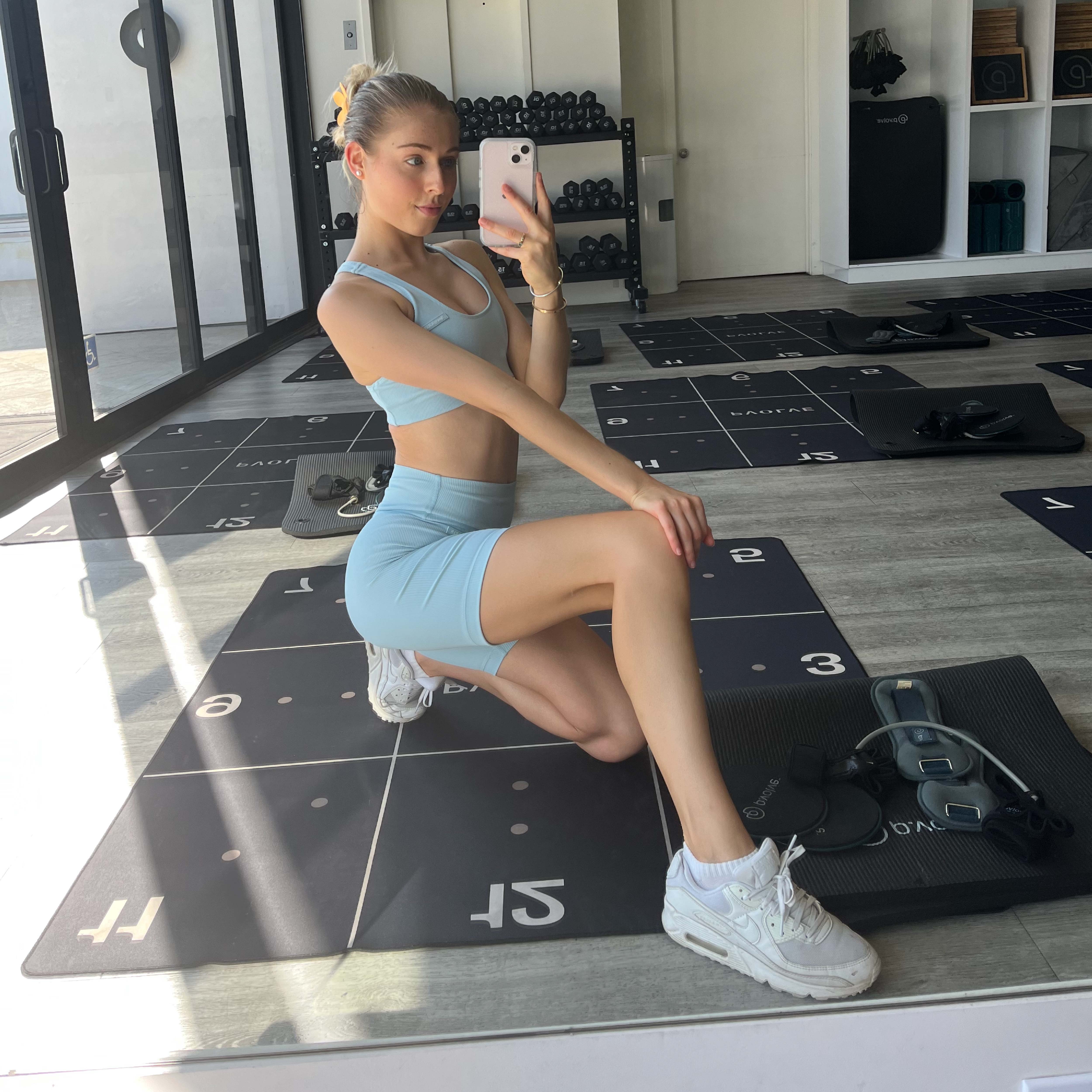 I'm the "Wellness Girl" of My Group—30 Buys I'd Recommend to All My Friends
I'm the "Wellness Girl" of My Group—30 Buys I'd Recommend to All My FriendsFeel (and look) your best.
By Emma Walsh
-
 Ty Haney Prioritizes Moving Her Body in the Mornings—Here's Why You Should Too
Ty Haney Prioritizes Moving Her Body in the Mornings—Here's Why You Should TooShe calls it "changing the chemistry."
By Candice Aman
-
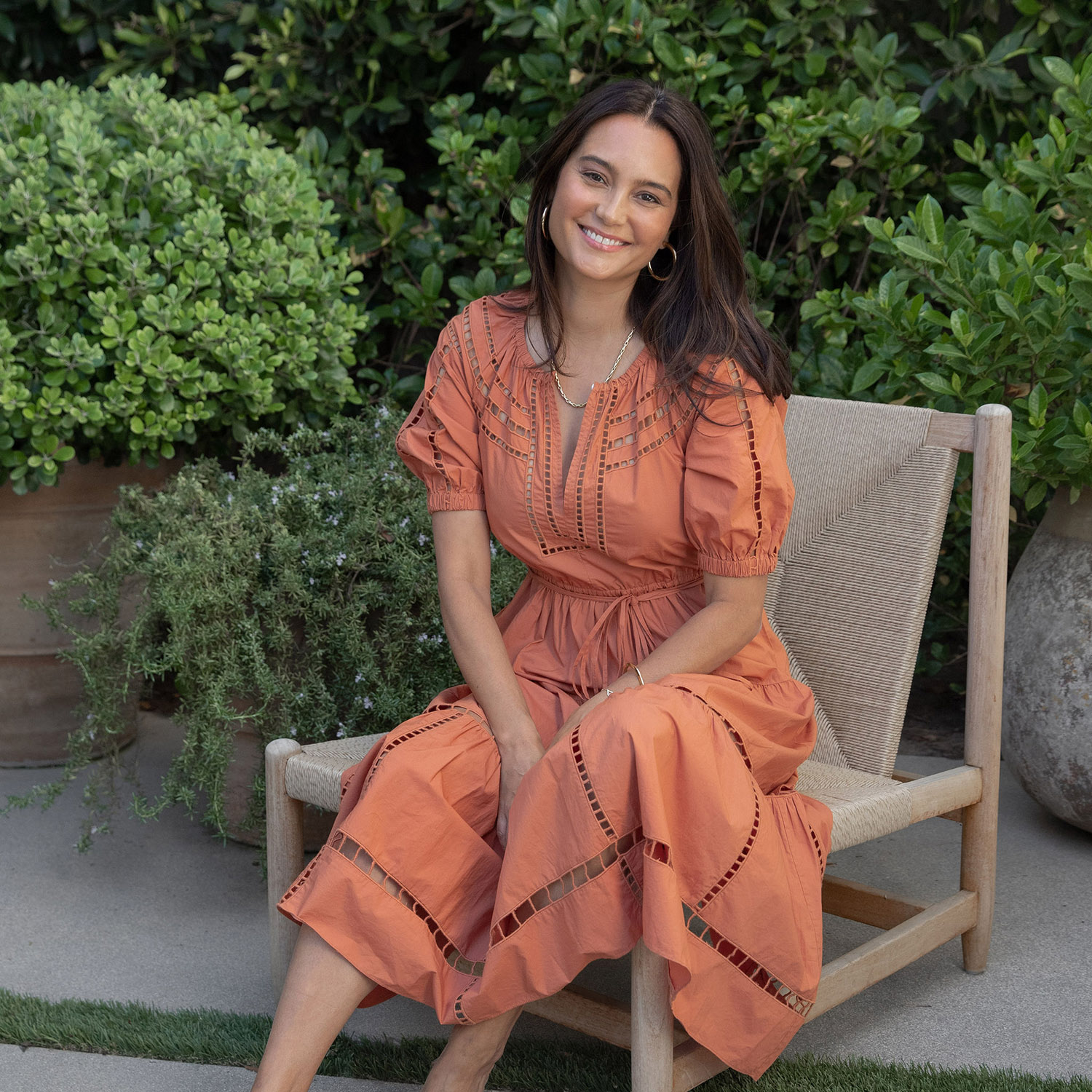 How This Clean-Bodycare Founder and Mom Winds Down on the Weekends
How This Clean-Bodycare Founder and Mom Winds Down on the WeekendsCalm vibes only.
By Candice Aman
-
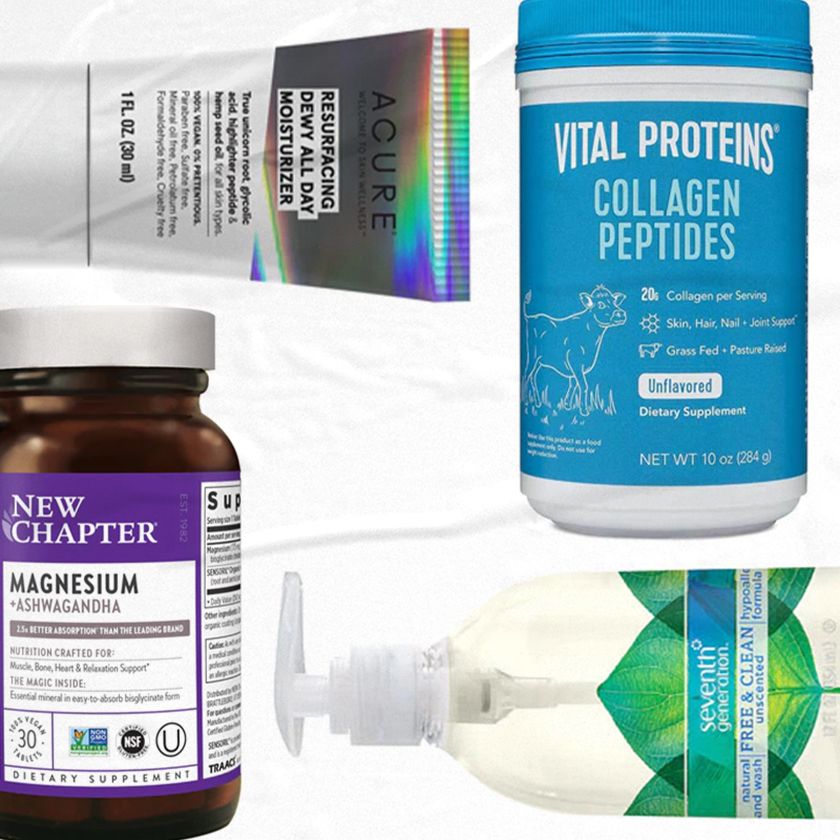 I Want to Start Adding Healthier Products to My Routine—This Site Has It All
I Want to Start Adding Healthier Products to My Routine—This Site Has It AllMajor life hacks ahead.
By Aniyah Morinia
-
 The Founder of This California-Chic Brand Shares Her Restorative Evening Rituals
The Founder of This California-Chic Brand Shares Her Restorative Evening RitualsSimple, cozy, and luxurious.
By Candice Aman
-
 Body Positivity Influencer Alicia McCarvell Shares Her Feel-Good Night Routine
Body Positivity Influencer Alicia McCarvell Shares Her Feel-Good Night RoutineHer TikToks help to inspire and bring joy to her 2.8 million followers.
By Candice Aman
-
 WNBA Star Skylar Diggins-Smith Wants to Make Room for Mindfulness
WNBA Star Skylar Diggins-Smith Wants to Make Room for MindfulnessThe sports star shared her wellness routine with us.
By Sarah Yang
-
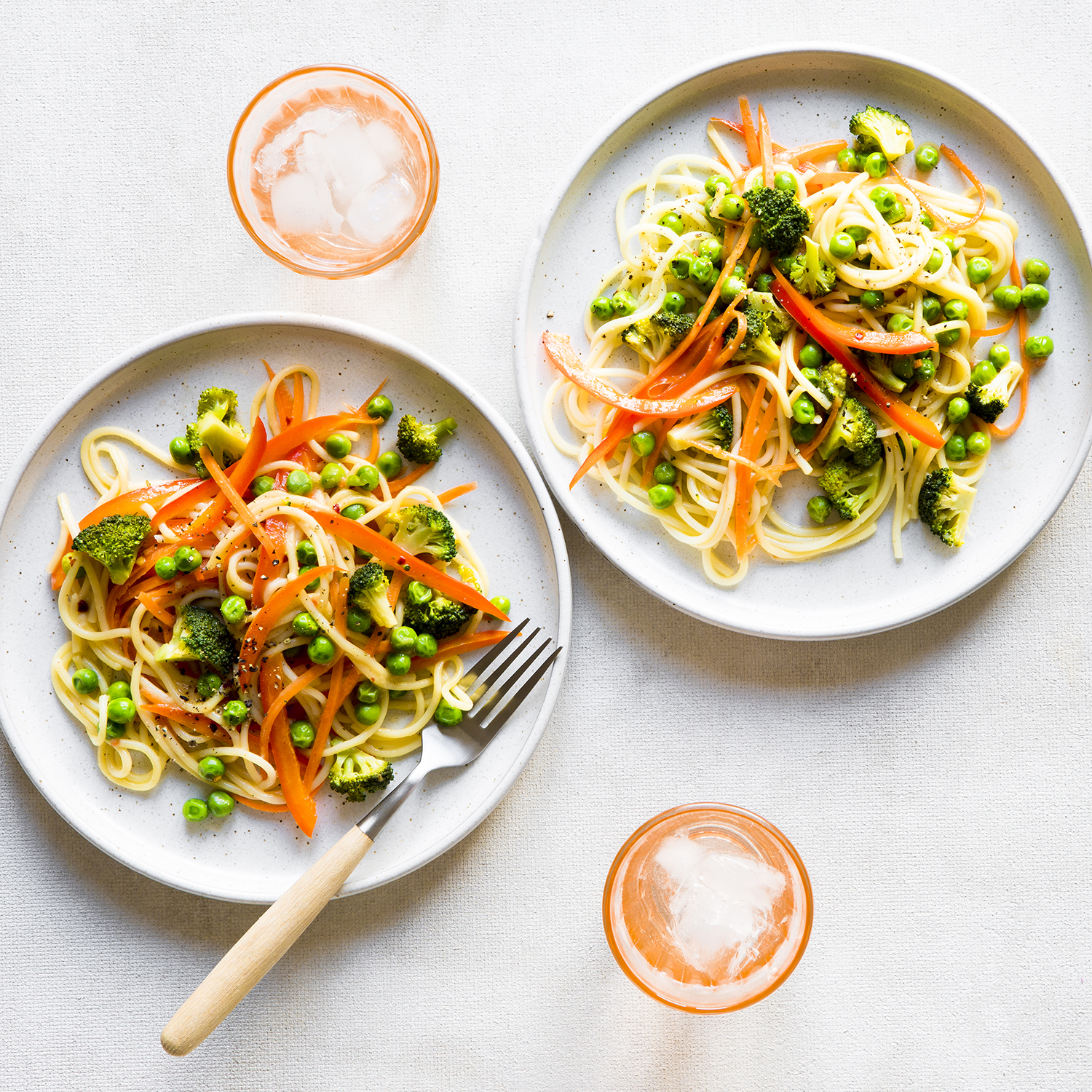 These 17 Powerhouse Foods Will Protect Your Whole Body
These 17 Powerhouse Foods Will Protect Your Whole BodyAnd they're easy to add to your diet.
By Sarah Yang
